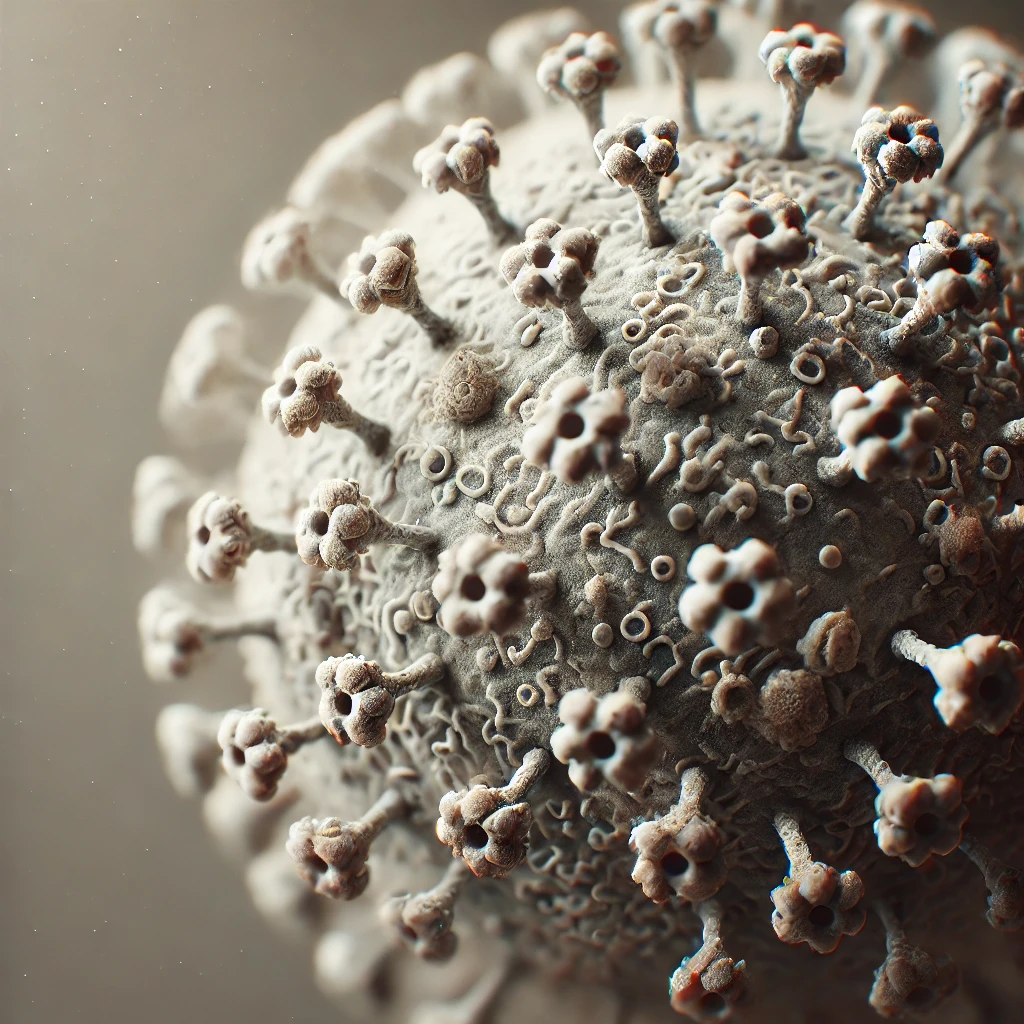In the two weeks since we lost one of our most cherished patients, we have been confronted with the harsh reality of our inability to cure myeloma. While it’s remarkable that Mike Katz lived 25 years after his initial diagnosis, we urgently need more effective drugs to reach our ultimate goal of permanent remission. Until we can truly cure myeloma, the life extensions we achieve will only be as significant as the next breakthrough treatment.
How can we raise the bar to achieve these outstanding outcomes? As researchers, we must prioritize the discovery of therapies that go beyond offering a few months of additional benefit (though that’s always valuable) and focus on those that can eliminate the resistant subclones left behind after treatment with current top therapies. We need to be self-critical about our expectations and goals with the types of research and clinical trials underway.
The Challenge of Targeting All Myeloma Mutations
A tempting approach is to rely on targeted molecular therapies. However, as we uncover more about myeloma’s mutations, it’s clear that there are many common mutations. Can we realistically target all of them? For example, we’ve seen some success targeting the BRAF mutation, which appears in about 4% of myeloma cases, but the multiple other mutations often trigger alternative pathways, leading to resistance and early relapse. This pattern holds true for most targeted therapies in myeloma. So while it’s important to continue exploring “driver mutations,” we must also consider alternative approaches.
Alternative Approaches
Some innovative strategies that I believe will pave the way for better outcomes include:
- Combination therapies that target myeloma from different angles. For instance, the Kyprolis/Pomalyst/dexamethasone combination has shown sustained benefits in resistant relapsed/refractory myeloma, including cases with the 17p deletion, with median survival exceeding two years. This kind of improvement in the refractory setting should be our aim.
- CAR-T cell therapy targeting CD-19, found in some resistant myelomas. An ongoing trial at the University of Pennsylvania has yielded some dramatic responses.
- Measles vaccine therapy, which has led to impressive responses and potential sustained remissions. This virotherapy might also apply to another virus, VSV, being developed by Dr. Stephen Russell and the Mayo Clinic team.
- Monoclonal antibodies in early development that show promise for new and unique combination therapies.
However, the greatest impact in myeloma will come from applying these successful therapies earlier in the treatment process, where patients can achieve longer-lasting remissions and survival. This approach not only offers a roadmap for the future. We are hopeful that this will begin to make a meaningful difference for all patients seeking better treatment options.
In this era of finite resources, it’s crucial to prioritize therapies and strategies that will deliver the greatest impact for every patient.



